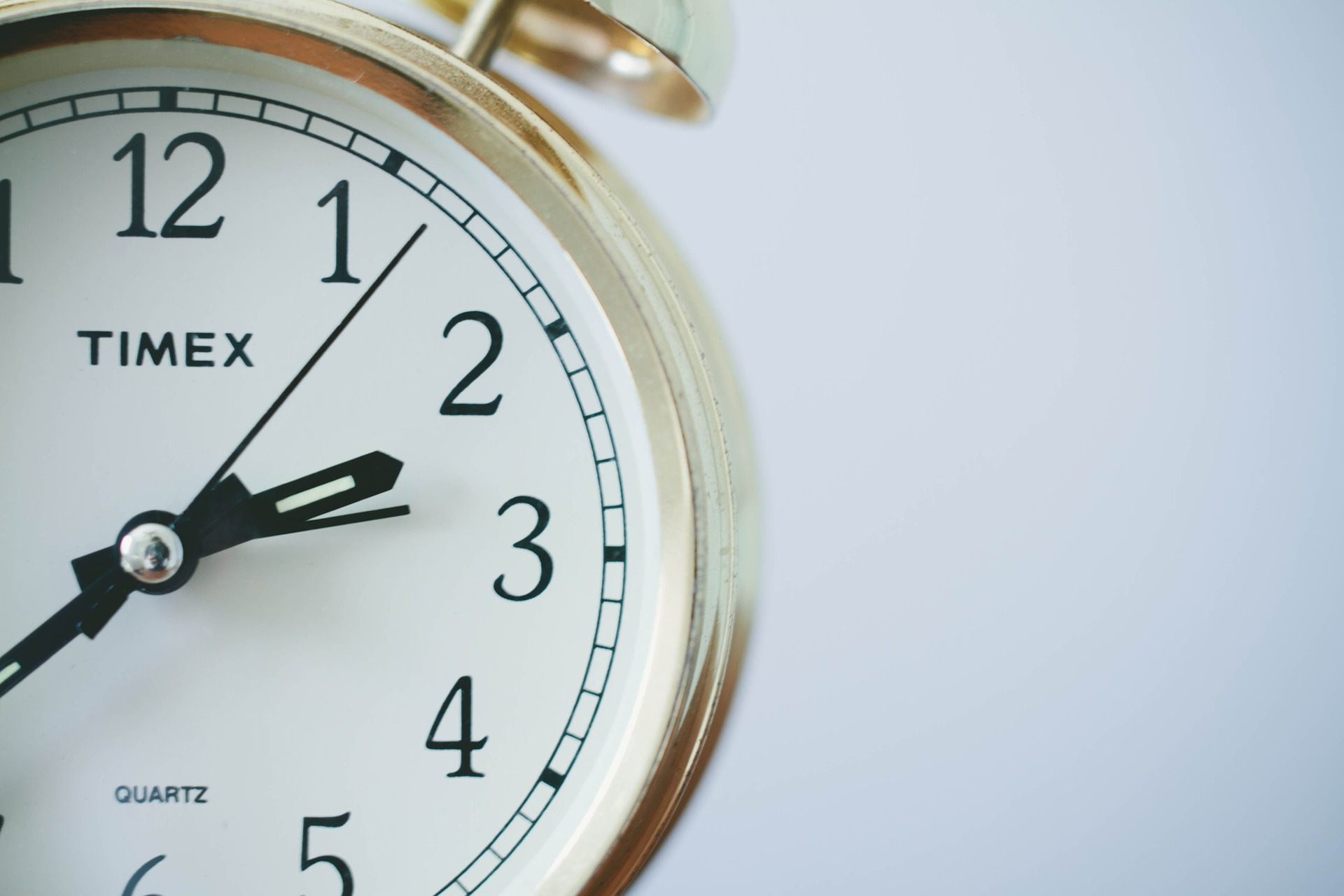Time recording systems
 Are you also interested in introducing a time recording system for more efficient time management, improved monitoring of leave plans and to get an overview of the hours worked by your employees? Traxgo can help you do this! We’re happy to offer you with the following tips in this regard.
Are you also interested in introducing a time recording system for more efficient time management, improved monitoring of leave plans and to get an overview of the hours worked by your employees? Traxgo can help you do this! We’re happy to offer you with the following tips in this regard.
Consult the Works Council
Before introducing time recording systems, you must inform the Works Council adequately about this. After all, this involves an investment that will have a significant impact on the company.
Collective Labour Agreement No. 39 refers to the provision of information and need for consultation regarding the social consequences of introducing new technologies.
This means that you must provide information about the nature of the new technology at least three months prior to the introduction of the system. You also need to substantiate your reason for wanting to introduce this technology and explain the possible social consequences. Finally, you must also consult the employee representatives regarding the possible social consequences.
The above applies to companies that generally employ at least 50 employees during the calendar year preceding the period in which the provision of information must take place.
Discover our time registration solution or Interested? Contact us
Mandatory notification in the working regulations
In addition, information about the system must be included in the working regulations. For this, you must follow the usual and appropriate procedures for modifying the working regulations.
Obligations concerning the processing of personal data
Time recording involves the use of personal data. Such personal data fall under the General Data Protection Regulation (GDPR). You may invoke the need to comply with legal obligations and the employment contract as the legal bases for processing the personal data. For example: the variable working hours regulations or working hours regulations may account for the introduction of a time recording system.
In addition, the general data protection principles must be respected. This means that merely having a specific purpose is insufficient; the introduction of the system must also be in proportion to the purpose.
According to the Data Protection Authority, formerly known as the Privacy Commission, such systems help combat fraud, but it also emphasises that an analysis must be carried out to consider the nature of such systems and their particular importance in relation to biometric measures. The smaller the company, the less chance of fraud.
Further obligations of time recording systems
The employer is also obliged to provide its employees with sufficient information about the precise manner in which the time recording system will process their data. This information may be included in the Privacy Policy, but may also be notified separately. The basic principle is that the employer must inform its employees adequately.
The employer must also inform the employees about the way in which their personal data will be processed via the time recording system.
The processing of the time recording data must also be included in the data register. This may be done as part of the payroll or personnel management processing or separately. The way in which the data are processed will depend on the purpose for which the time recording system was introduced.
Discover our time registration solution or Interested? Contact us
Also read:
- Legislation concerning Checkinatwork
- Worksite Notification
- Underlying reason for attendance recording?
- Checkinatwork: The ideal tool for monitoring your manpower planning
- Leave planning? Make things easy for yourself
- Attendance recording in the construction sector: Articles 1 and 2
- Attendance management






